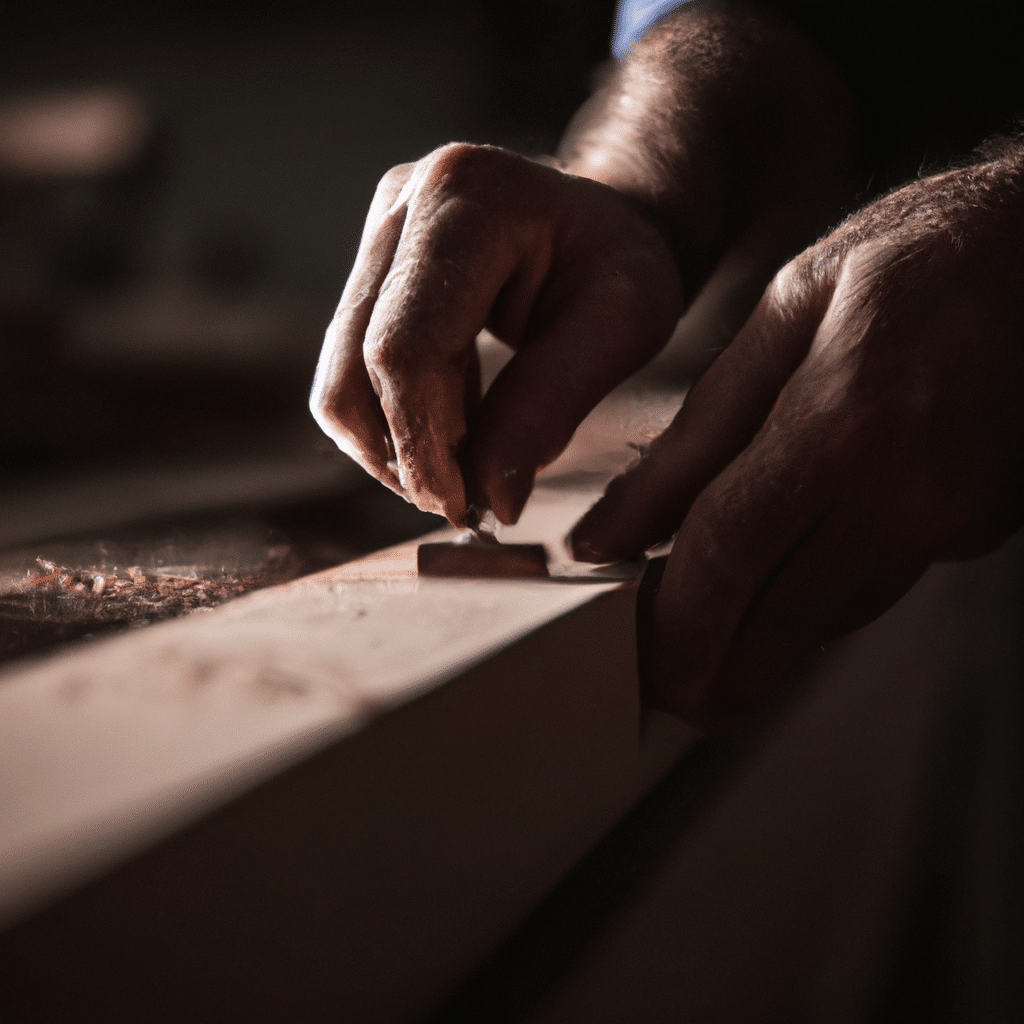Woodworking is a craft that requires skill, patience, and precision. Whether you’re a beginner or an experienced woodworker, finding ways to streamline your projects and increase efficiency is always a valuable pursuit. In this article, we will share some clever woodworking hacks that will help you speed up your projects without compromising on quality. From tool selection to project planning, we’ve got you covered. So let’s dive in and discover these time-saving techniques!

1. Organize Your Workspace for Maximum Efficiency
A well-organized workspace is essential for any woodworker. Start by decluttering your work area and creating designated spaces for tools, materials, and work in progress. Invest in storage solutions such as tool cabinets, wall racks, and shelving units to keep everything easily accessible.
Consider setting up dedicated workstations for different tasks, such as cutting, sanding, and assembly. This will eliminate the need for constant tool and equipment rearrangement, saving you precious time during each project.
2. Invest in Quality Tools and Equipment
Having the right tools for the job can significantly impact your productivity as a woodworker. While it may be tempting to opt for cheaper alternatives, investing in high-quality tools will pay off in the long run. They will not only last longer but also offer better performance, resulting in smoother and more efficient woodworking.
Research the market and read reviews to identify the best tools for your specific needs. From power tools like table saws and routers to hand tools like chisels and planes, choose reputable brands known for their durability and precision.
3. Utilize Jigs and Templates
Jigs and templates are invaluable assets in woodworking, especially when it comes to repetitive tasks. These simple tools can help you achieve consistent results while reducing the time and effort required. Whether you need to make multiple identical cuts or create intricate shapes, jigs and templates can be customized to fit your project requirements.
Investigate the various types of jigs available for different woodworking operations, such as crosscut sleds, dovetail jigs, and circle-cutting jigs. By using these time-saving devices, you’ll be able to complete tasks more efficiently and with greater accuracy.
4. Plan Your Projects in Advance
Proper project planning is crucial for efficient woodworking. Before starting a new project, take the time to create a detailed plan that includes measurements, material lists, and step-by-step instructions. This will help you avoid mistakes, minimize waste, and stay on track throughout the project.
Break down complex projects into smaller, manageable tasks and tackle them one at a time. This approach allows you to focus on specific objectives and prevents you from feeling overwhelmed. By having a clear plan in place, you’ll be able to work more efficiently and complete projects in a timelier manner.
5. Use Power Tools Wisely
Power tools can be real time-savers in woodworking, but they should be used with caution and precision. Take the time to familiarize yourself with each power tool’s features, safety guidelines, and recommended techniques. This will not only ensure your safety but also optimize your productivity.
When using power tools, pay attention to the speed and feed rates that yield the best results for different materials and cutting operations. Adjusting these factors appropriately can help you achieve cleaner cuts and reduce the need for time-consuming sanding or finishing work.
6. Embrace Technology and Innovation
In today’s digital age, woodworking has also embraced technological advancements. From computer-aided design (CAD) software to CNC machines, these innovations can significantly speed up your woodworking projects while maintaining precision.
Consider integrating technology into your workflow by exploring the benefits of CAD software for designing and visualizing your projects. Additionally, if your budget allows, investing in a CNC machine can automate various cutting and carving tasks, eliminating the need for manual labor.
7. Learn from Other Woodworkers
One of the best ways to enhance your woodworking skills and discover new time-saving techniques is by learning from experienced woodworkers. Join woodworking communities, attend workshops, and engage in online forums to connect with fellow enthusiasts.
By sharing ideas and experiences, you can gain valuable insights into different approaches and discover innovative methods to speed up your woodworking projects. Furthermore, networking with other woodworkers can provide you with access to a vast pool of knowledge and resources that can help you tackle any woodworking challenge efficiently.
In conclusion, woodworking can be a time-consuming endeavor, but by implementing these clever hacks, you can significantly speed up your projects without compromising on quality. From organizing your workspace to utilizing jigs and templates, investing in quality tools, and embracing technology, these techniques will help you become a more efficient woodworker. Remember, practice makes perfect, so keep honing your skills, exploring new methods, and never stop learning. Happy woodworking!








